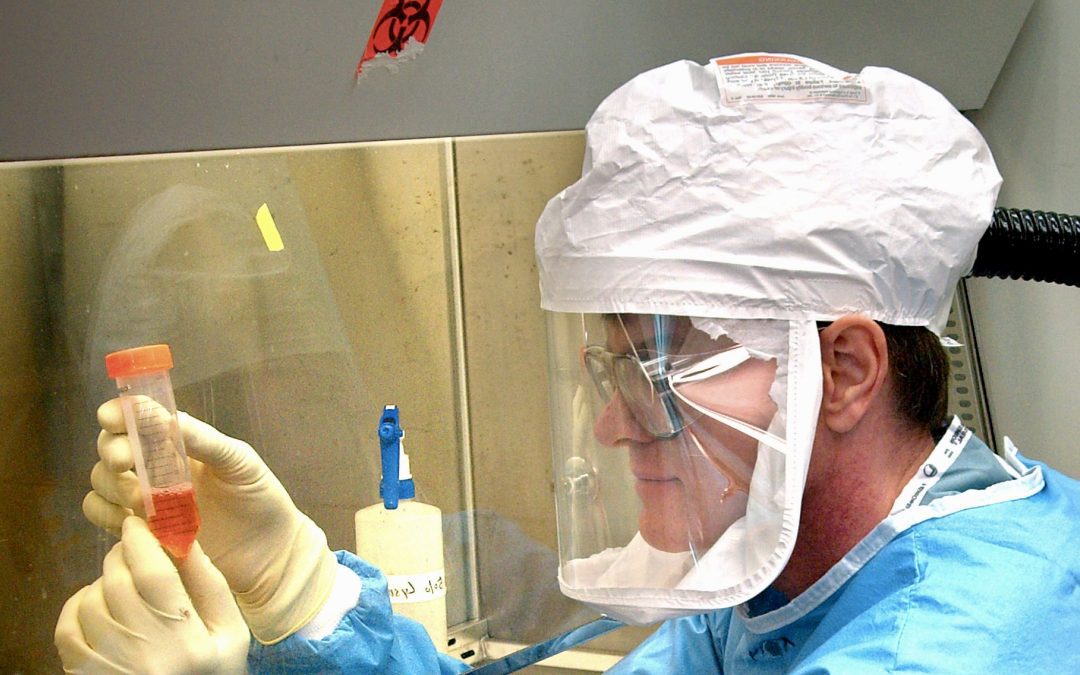Levels of PPE for Personal Protective Equipment Safety
Discuss your facility’s commitment to fostering a strong safety culture by emphasizing the importance of always wearing personal protective equipment (PPE). Highlight how a proactive approach to safety not only protects your own health but also ensures the well-being of your coworkers. Promoting the consistent use of PPE and the proper personal protective equipment levels helps to prevent accidents, minimize risks, and create a safer work environment. Encourage open communication, continuous safety training, and lead by example to reinforce that PPE use is an essential part of everyday operations for the safety of everyone in the facility.
-
Personal Protective Equipment Levels (PPE)
Hazardous substance response activities expose personnel to risks from vapors, gases, and particulates. To ensure safety, response personnel must wear appropriate personal protective clothing and equipment when near the site. The more information available about the hazards at a release site, the easier it becomes to select the proper PPE. There are four levels of personal protective equipment, categorized based on the degree of risk involved.
- Level A Protection: This is required when there is the greatest potential for exposure to hazards, requiring the highest level of skin, respiratory, and eye protection. Examples include:
- Positive pressure, full face-piece self-contained breathing apparatus (SCBA) or supplied air respirator with escape SCBA.
- Fully encapsulated chemical and vapor protective suit.
- Chemical-resistant gloves (inner and outer) and disposable protective suits, gloves, and boots.
- Level B Protection: Used in situations requiring the highest level of respiratory protection but with reduced skin protection needs. Examples include:
- Positive pressure SCBA or supplied air respirator with escape SCBA.
- Chemical-resistant gloves, hooded chemical-resistant clothing, coveralls, and outer chemical-resistant boots.
- Level C Protection: Necessary when the concentration and type of airborne substances are known, and air-purifying respirators can be used. Common equipment includes:
- Full-face air-purifying respirators.
- Chemical-resistant gloves, hard hats, escape masks, and disposable chemical-resistant outer boots.
- Level D Protection: The minimum required protection, used when no contaminants are present, or there is no risk of inhalation or contact with hazardous chemicals. Appropriate equipment includes:
- Gloves, coveralls, safety glasses, face shields, and chemical-resistant, steel-toe boots or shoes.
These are general guidelines, but the specific conditions of a site may call for different combinations of protective equipment. Proper selection of PPE depends on understanding the exact risks at the hazardous waste site. Proper disposal of PPE is also important.
For instance, Cause and Origin experts often face dangerous environments, such as fire scenes, accident sites, or crime scenes, where they are exposed to various hazards. To ensure their safety, HazChem provides Personal Protective Equipment (PPE) for cause and origin experts, protecting them from risks like asbestos, hazardous chemicals, extreme temperatures, and more.
About HazChem Environmental Corp:
HazChem Environmental provides hazardous waste clean-up, transportation, and disposal services; industrial recycling; wastewater treatment services; 24/7/365 emergency spill cleanups, safety training, and many more environmental services. For over 30 years, HazChem has provided these services to industrial, corporate, education, government, medical, and other industries.

Compliant. Responsive. Safe.
Call 630-458-1910 for immediate assistance. Open 24/7/365
For a FREE, no-obligation quote, click the button below

